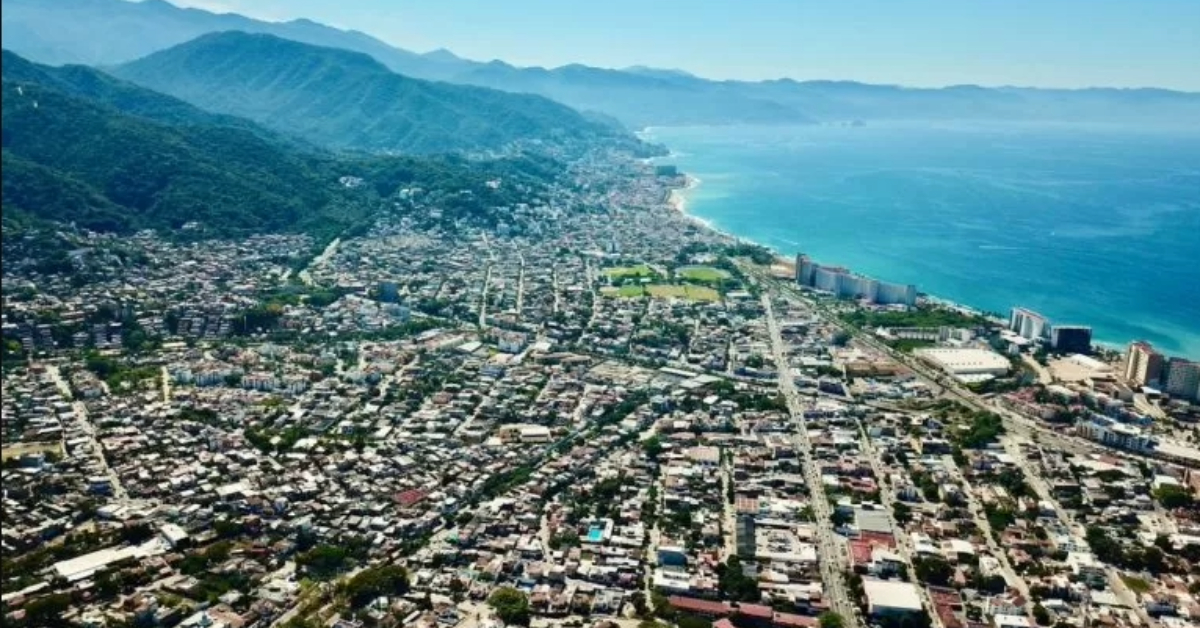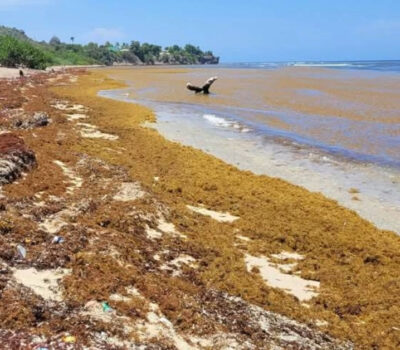Puerto Vallarta, Mexico – Puerto Vallarta, a vibrant coastal city known for its stunning beaches, charming cobblestone streets, and rich cultural heritage, is experiencing a surge of growth that shows no signs of slowing down. Construction sites are scattered throughout the city, with new developments breaking ground almost daily. While this rapid expansion reflects the city’s popularity and economic potential, it also exposes a growing concern: the lack of adequate infrastructure to support the increasing population and wave of tourists. Without immediate and strategic intervention, this unchecked growth could pose significant risks to Puerto Vallarta’s appeal as a tourist destination and its real estate market over the next two decades.
One of the most visible consequences of Puerto Vallarta’s rapid expansion is the congestion on its roads. The city’s transportation network was not designed to accommodate the current volume of traffic, let alone the future influx of residents and visitors. Narrow streets, insufficient parking spaces, and a limited number of major thoroughfares contribute to daily traffic bottlenecks. As new residential and commercial developments continue to rise, the strain on the road infrastructure will only worsen.
Without significant investment in road expansion and the development of alternative transportation options, Puerto Vallarta risks becoming a city where movement is increasingly difficult and time-consuming. This could deter tourists who seek a relaxing vacation experience and frustrate residents who already face daily commuting challenges.
Puerto Vallarta’s water and electrical systems are already showing signs of stress. Blackouts and water outages have become a part of life for many residents, particularly during peak tourist seasons when demand surges. The city’s water infrastructure struggles to maintain consistent service, and the electric grid is frequently pushed beyond its capacity.
As new developments connect to these already strained systems, the risk of prolonged outages and service disruptions will grow. Ensuring a stable supply of water and electricity requires a comprehensive upgrade of existing infrastructure and the integration of sustainable solutions to meet future demands.
Garbage collection in Puerto Vallarta has been insufficient for decades. The city’s waste management system has not kept pace with its growth, leading to visible litter in public spaces and irregular garbage pickup schedules. This not only affects the city’s aesthetic appeal but also poses environmental and public health risks.
A failure to expand and modernize garbage collection services will exacerbate these problems as the population grows. Tourists are unlikely to return to a destination plagued by waste management issues, and residents will face declining quality of life.
Tourism is the lifeblood of Puerto Vallarta’s economy, but the city’s infrastructure challenges threaten to undermine its reputation as a top destination. Visitors come to Puerto Vallarta seeking beautiful landscapes, cultural experiences, and relaxation. However, traffic congestion, power outages, and waste management issues can significantly detract from their experience.
Negative reviews and word-of-mouth criticism can have a lasting impact on tourism numbers. If these infrastructure problems are not addressed, Puerto Vallarta risks losing its competitive edge to other destinations that offer a more seamless and enjoyable visitor experience.
The booming real estate market in Puerto Vallarta has attracted both domestic and international investors. Luxury condominiums, gated communities, and commercial spaces are being developed at a rapid pace. However, the long-term value of these properties is closely tied to the city’s infrastructure.
If infrastructure issues persist, property values could stagnate or even decline. Potential buyers may be deterred by the prospect of living in a city with unreliable utilities, traffic congestion, and waste management problems. Real estate developers and investors must recognize that their success is linked to the city’s ability to provide a high quality of life for residents and visitors alike.
Addressing Puerto Vallarta’s infrastructure challenges requires a coordinated and forward-thinking approach. Local government, developers, and community stakeholders must work together to create a comprehensive infrastructure plan that prioritizes sustainable growth.
Key areas of focus should include:
- Transportation: Expanding and modernizing the road network, developing public transportation options, and implementing traffic management strategies.
- Water and Electricity: Upgrading and expanding water and electrical systems to ensure reliable service for current and future residents.
- Waste Management: Investing in modern waste collection and recycling systems to handle increased demand and reduce environmental impact.
- Sustainability Initiatives: Incorporating green technologies and sustainable practices into new developments to reduce the strain on infrastructure.
- Community Engagement: Involving residents and local businesses in the planning process to ensure that solutions meet the needs of the community.
Puerto Vallarta stands at a crossroads. The city’s rapid growth presents both opportunities and challenges. Without immediate and strategic infrastructure improvements, the very qualities that make Puerto Vallarta a beloved destination could be compromised. By prioritizing sustainable development and investing in critical infrastructure, Puerto Vallarta can continue to thrive as a vibrant, attractive, and livable city for decades to come. The time to act is now, before the consequences of inaction become irreversible.
Puerto Vallarta, Mexico - Puerto Vallarta, a vibrant coastal city known for its stunning beaches, charming cobblestone streets, and rich cultural heritage, is experiencing a surge of growth that shows no signs of slowing down. Construction sites are scattered throughout the city, with new developments breaking ground almost daily. While this rapid expansion reflects the city’s popularity and economic potential, it also exposes a growing concern: the lack of adequate infrastructure to support the increasing population and wave of tourists. Without immediate and strategic intervention, this unchecked growth could pose significant risks to Puerto Vallarta’s appeal as a tourist destination and its real estate market over the next two decades.












